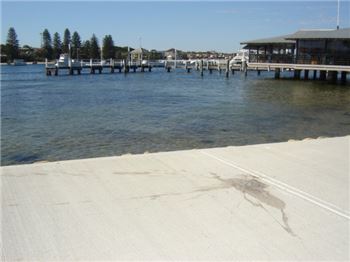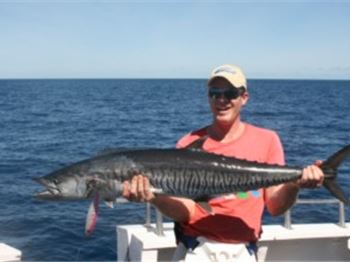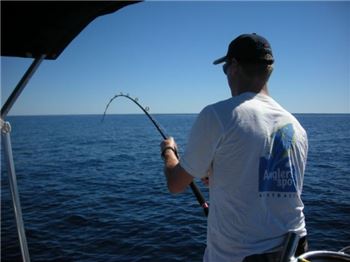Mangrove Jack successfully bred in captivity

The popular species of fish is both good eating, and great to catch, known for it’s explosive strikes and high energy fights as you reel them in. Such a versatile species is ideal for stocking bodies of water inland around New South Wales, but breeding them has proven difficult due to their unique breeding habits.
“The Mangrove jack life cycle involves movement between fresh and saltwater and makes the species vulnerable to impacts from the construction of dam walls and weirs which can prevent access to the freshwater habitat,” according to Dr Cowden, of the Southern Cross University.
Only 0.8mm in diameter, Mangrove Jack eggs are tiny, with the larvae measuring in at a little over 2mm. Being so small, hatcheries struggle to breed them, and when combined with the salt to fresh water migration, it has proven near impossible except for a select few in the world.
Now measuring 50mm in length at 10 weeks old, things are looking promising for the young fish, which are hoped to be introduced to a freshwater location somewhere in Northern New South Wales in the next couple of weeks.







